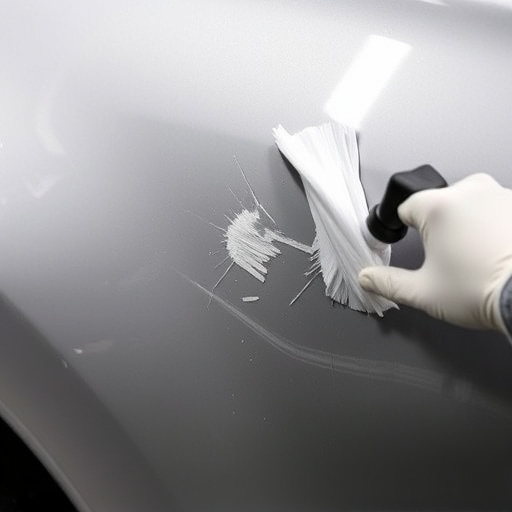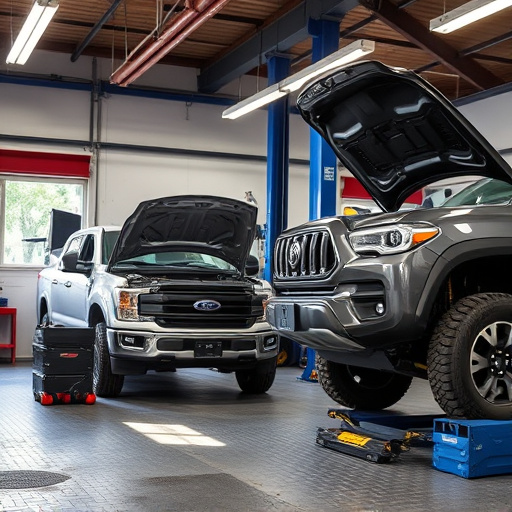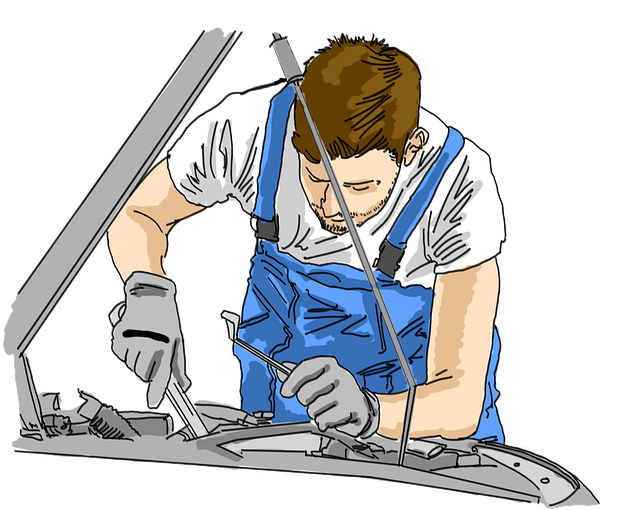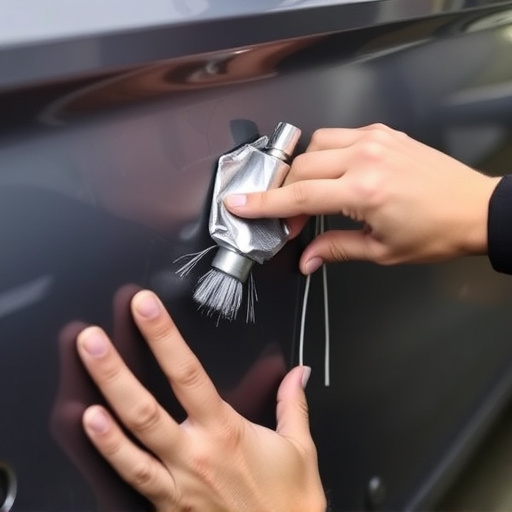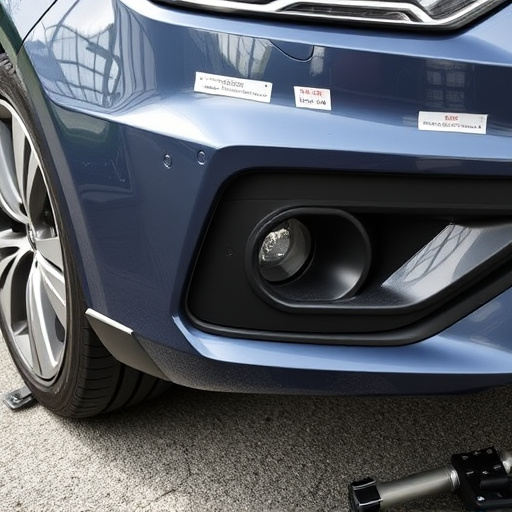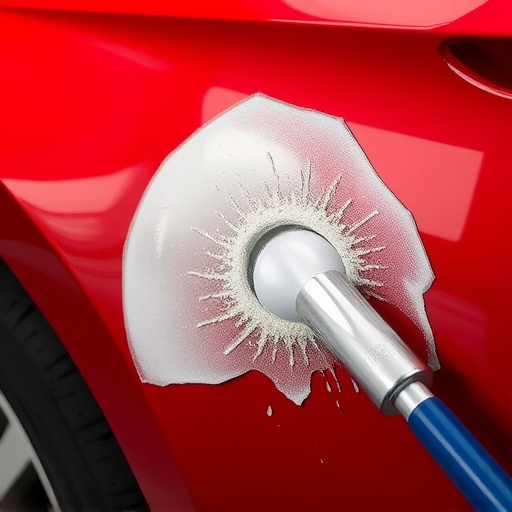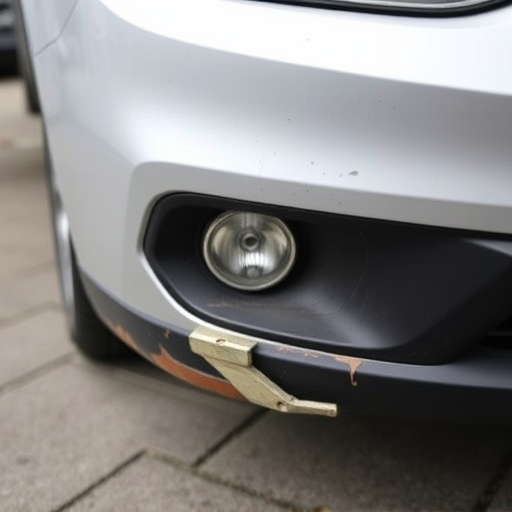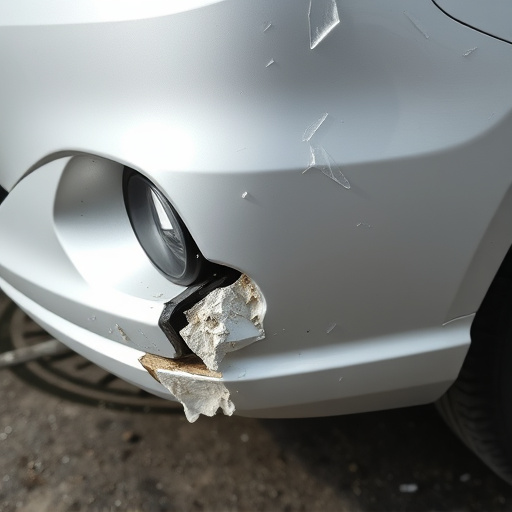Tailor customer repair education to diverse skill levels, segmenting complex topics into manageable stages for improved learning. Incorporate interactive elements like demonstrations and simulations to engage learners and bridge theory with practice. Diversify content delivery through text and interactive modules to cater to different learning styles, fostering confidence in future auto repairs.
Delivering effective customer repair education is essential for empowering users and fostering independent problem-solving. To create engaging and accessible learning experiences, understand your audience’s diverse skill levels and needs. Break down intricate concepts into clear, concise sections. Incorporate interactive elements like videos, simulations, and quizzes to facilitate hands-on learning. By implementing these strategies, you’ll provide valuable customer repair education that enhances understanding and builds confidence.
- Understand Your Audience's Needs and Skill Levels
- Break Down Complex Topics into Digestible Chunks
- Incorporate Interactive Elements for Hands-On Learning
Understand Your Audience's Needs and Skill Levels
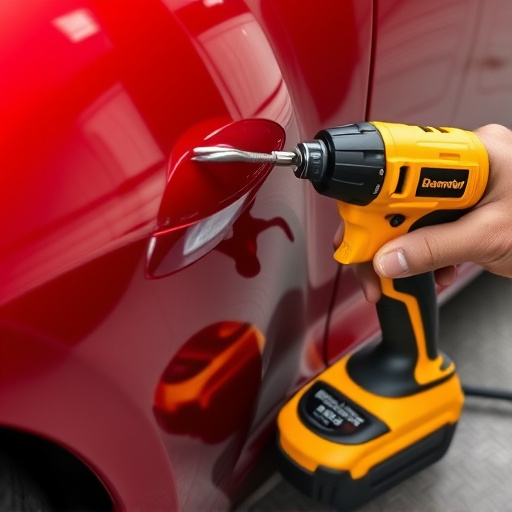
Before crafting any customer repair education materials or workshops, take time to understand your audience intimately. Different customers come with varying skill levels and knowledge about car maintenance. Some might be entirely new to basic auto care, while others may already possess some skills but need guidance on specific areas like car collision repair or luxury vehicle repair. Tailoring your approach to these diverse needs is crucial for effective learning.
Consider the age range, technical expertise, and previous experiences of your audience. For instance, training sessions for beginners should focus more on fundamental concepts and visual aids to explain complex procedures, such as auto glass repair. Conversely, advanced learners might appreciate in-depth discussions on specialized topics like luxury vehicle repair, with opportunities for hands-on practice to reinforce their skills.
Break Down Complex Topics into Digestible Chunks
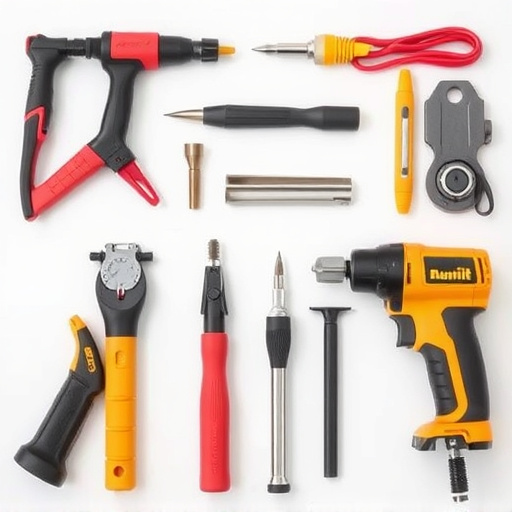
When presenting customer repair education, one of the key strategies to ensure effective learning is breaking down complex topics into manageable chunks. This approach makes intricate concepts more accessible and less intimidating for your audience. For instance, instead of overwhelming customers with an entire fender repair process in one go, segment it into distinct stages: preparation, removal, replacement, and final finishing. Each stage can then be explained in detail, allowing learners to grasp the nuances without feeling overwhelmed.
This digestible format facilitates better comprehension, especially for those new to auto body repairs like car body repair or even more specialized tasks such as fender repair. By organizing content logically, you enable customers to follow along, ask relevant questions, and gain confidence in their ability to perform basic repairs themselves. This not only enhances the educational experience but also fosters a sense of empowerment, encouraging them to take initiative when addressing minor issues in the future.
Incorporate Interactive Elements for Hands-On Learning
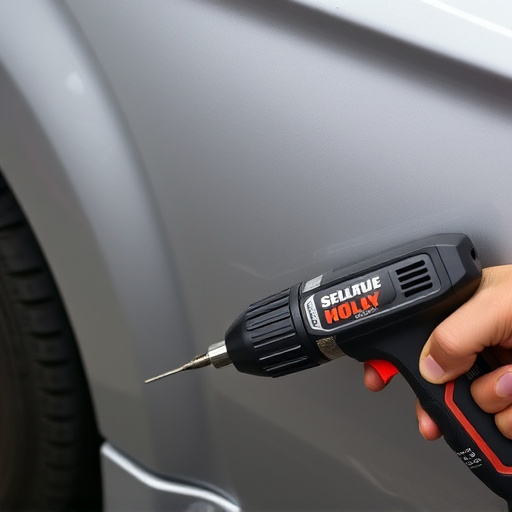
Incorporating interactive elements into your customer repair education curriculum is a powerful way to engage learners and facilitate hands-on learning experiences. This approach allows individuals to actively participate in their training, fostering a deeper understanding of complex repair processes. Interactive components such as practical demonstrations, virtual simulations, or even augmented reality applications can bridge the gap between theory and practice. For example, demonstrating car paint repair techniques through live streaming or pre-recorded videos enables students to pause, rewind, and carefully examine each step, encouraging them to replicate these procedures independently.
Similarly, incorporating modules on auto glass repair and auto painting into your educational materials provides a well-rounded learning experience. By combining textual explanations with interactive elements, you cater to different learning styles and ensure that customers gain practical skills they can apply during actual repairs. These engaging methodologies not only make the learning process more enjoyable but also leave a lasting impression, empowering individuals to confidently tackle common repair tasks.
Effective customer repair education is key to empowering your customers and fostering a loyal community. By understanding your audience’s diverse needs and skill levels, simplifying complex topics, and incorporating interactive learning elements, you create engaging and accessible resources that enhance the overall customer experience. This approach not only promotes self-reliance but also strengthens the bond between your brand and its users, ultimately driving satisfaction and retention in the realm of customer repair education.
